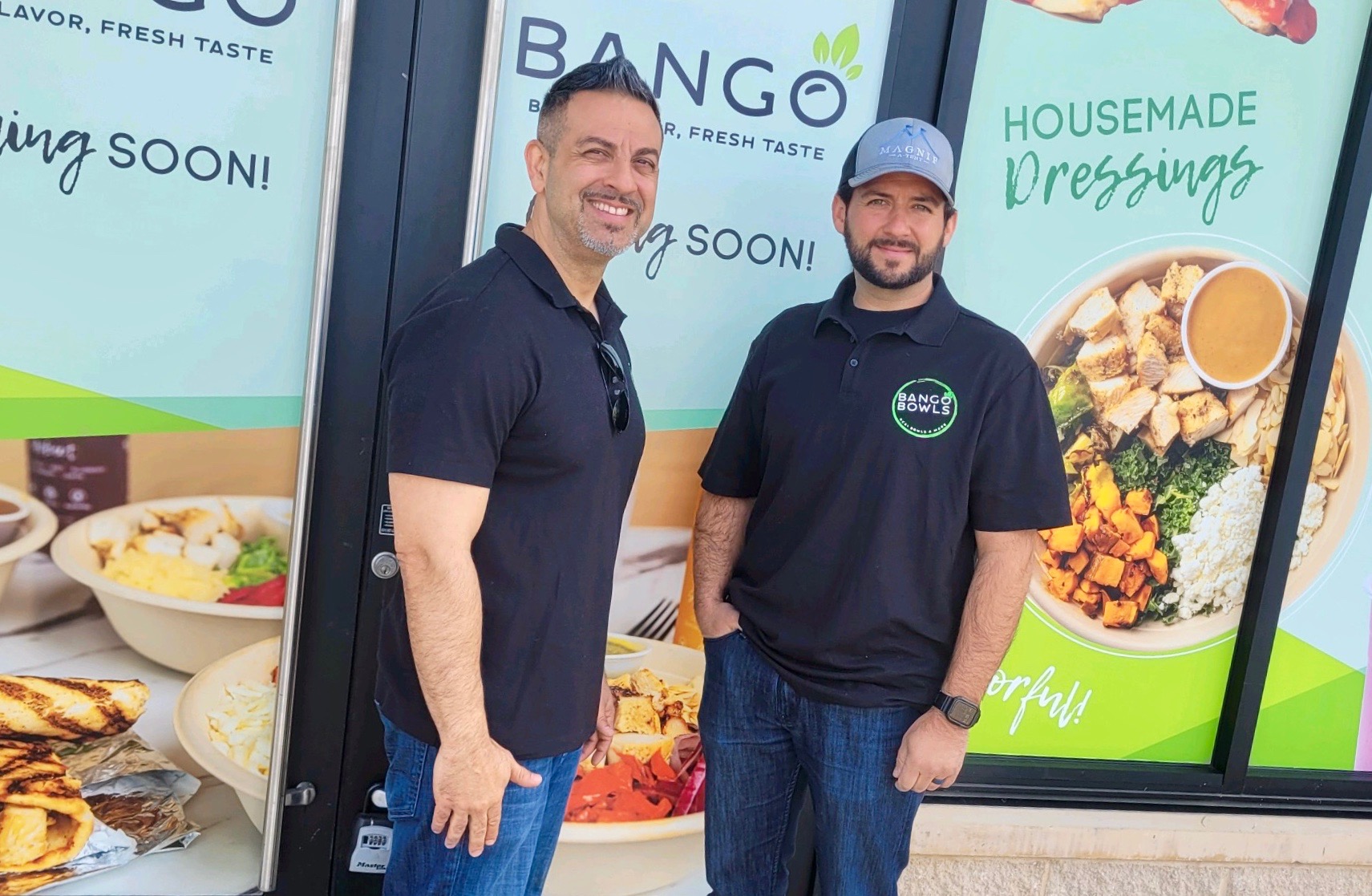
Greater Long Island coverage is funded in part by Toresco & Simonelli, a boutique injury and family law firm in West Islip. They fight for their clients. Click here to learn more and to get in touch.
Headless goats have been found floating in the Chattahoochee River in Georgia in recent years.
Others have turned up along railroad tracks in the metro Atlanta area.
Still others have washed up along the Miami shoreline.
So locally, the remains of four decapitated goats found in two separate instances this summer in Melville and Farmingdale do not appear to be unique to Long Island and the suburbs of New York City.
Authorities describe these findings as “grisly,” and they objectively are, but those partaking in ritualistic animal sacrifices — which is what investigators believe in these cases — might be doing so because their lives are on the line. They’re in need of spiritual help or healing.
Take the cases of dead goats and chickens that had been turning up around railroad tracks in metro Atlanta in 2019.
As part of its own investigation, Channel 2 Action News in Georgia acquired body camera footage from an Austell Police Department encounter with a woman found to be leaving dead animals near the tracks.
The woman told responding police officers her pastor told her she needed to be cleansed of evil spirits — and was instructed to bring the animal sacrifices to the local tracks.
“I have been diagnosed with a very serious medical condition and it helps to keep me spiritually protected,” she told police.
“In many different religions there are practices of sacrifice, of course; that’s just a core religious concept,” said Prof. Julie Byrne, who chairs the religion department at Hofstra University. “With some religions it’s gotten cleaned up more, so that now it’s a metaphor instead of actual sacrifice.”
But the practice is still very much alive within Yaruba religions, which are rooted in African-based spirituality, such as Santería, Vodoun and others within the African Diaspora, she said.
‘Comports with Santeria’
The Suffolk County SPCA is investigating several incidents in which animal remains were found in sporadic areas across the county, including cemeteries, since September 2022.
Among them are two incidents from this fall in Middle Island’s Union Cemetery on Route 25, in which the remains of headless chickens were found, and a dove, in a circular pattern — along with the skeletal remains of a goat head.
Investigators also found a variety of fruits, including coconuts, vegetables and candles.
These incidents followed not long after the August discovery of two decapitated chickens left in front of a headstone in Old Baptist Cemetery in Coram, according to the Suffolk County SPCA.
The Suffolk DA’s office told Greater Long Island the animal remains found in Middle Island “comport with Santeria.”
Santería is typically practiced within Latino and Afro-Caribbean communities — with Vodoun more common to Haitian communities — as an alternative medicine, or for general spiritual fulfillment, and for social bonds.
“It’s actually a growing movement,” especially among young people, Dr. Byrne said. “With Yaruba religions worldwide, all of their manifestations are part of a young movement. It’s drawing people who might not feel connected to the religions of their immediate families.”
The botanicas, or healing shops, that are found throughout NYC, as well as Long Island, serve (though not always) “as storefronts for Santería and Voudon,” Dr. Byrne said. “They’re real community centers. People can just walk by and see what’s going on inside.”
What winds up happening, she said, is a young person might walk into a botanica shop to purchase a candle — then end up learning a bit about Santería.
“Then people think, ‘Oh my gosh, this feels a little bit more simpatico to me, rather than my local Methodist or non-denominational church.’ They might look at it as a connection to their roots, or back to Africa, or before the time Black people were displaced to the Americas in the first place.”
People might visit a botanica or a santero — a spiritual leader with vast knowledge of Santería — after a cancer diagnosis or a prolonged bout with unemployment, to name just a couple reasons.
While botanicas are places of business that might double as community centers, more typically, santeros operate from the home, Dr. Byrne said.
“These religions are extremely discriminated against and persecuted in the United States,” she said. “They’re often [wrongfully] equated with black magic and the demonic — all the distortions American media is full of about these religions. So they keep their practices at home and out of sight.”
Questions of legality
Animal sacrifice as a practice is protected by the U.S. Supreme Court and the New York Court of Appeals, the highest court in the state. Although “the manner of discarding of remains, however, may be chargeable under health codes,” a district attorney spokeswoman said of the Middle Island incidents in particular.
To highlight such health concerns, the Chattahoochee River in Georgia, for example, where headless goats were found, serves as drinking water for 5 million people, according to the Channel 2 Action News report.

Chief Roy Gross of the Suffolk County SPCA, which is investigating the Middle Island and Coram incidents, has made public that the agency is offering a $2,000 reward for any information that leads to an arrest and conviction in either case, as well as those in Farmingdale and Melville, where two decapitated goats were found in discarded bags in each hamlet this summer.
He says all these are cases of animal cruelty, plain and simple.
According to New York State Agriculture and Markets Law, which his agency enforces, any animal killed for any reason has to be done so humanely and for human or animal consumption, he said.

“They’re using dull knives. It’s horrific. It’s brutal,” Gross said. “And, they can’t just kill an animal and leave it [in a cemetery]. Could you imagine a family going to visit the remains of a loved one and seeing that? Or a child? Just think of how that would affect the child’s mind. You think they’ll ever forget that?”
“Our interest here is to protect the animals,” he continued. “But obviously we’re here to protect the public as well.”
Speaking generally and with no first-hand knowledge of the events in Suffolk County, Dr. Byrne said killing a sacrificed animal humanely is an important part of Yaruba spiritual offerings.
And most often the animal is consumed, though sometimes, the animal is “given back,” which would explain animal remains being found in rivers, woods and cemeteries, she said.
But she cautioned against linking goat remains found in bags dumped randomly on Long Island to any one religion — though there are certainly bad actors and misguided people in any and all communities.
She also noted the care for animals in religious contexts is typically “incredible.”
“They are praying over them and killing them humanely,” she said, likening it to the work of Muslim imams and Jewish rabbis: “Prayer, and a quick death.”
“It’s a sacrifice to the spirits, and then it’s a shared meal by the community.”
She also took a moment to reflect on ways in which many of us might consume meat outside of a religious context.
“Think about how all of us get our chicken … from these disgusting warehouses where there’s no care for the animals,” she said. “And they are not killed humanely.”
Top: Yajaira Gonzalez stands on a puddle of water next to a candle as she is attended by healers Herman Guayanes and Hermana Maria at the Hermano Guayanes Spiritual Center, in an area known as “The Alleyway of the Witches” in Caracas, Venezuela, Saturday, May 1, 2021. Venezuelans have been turning to the Afro-Cuban tradition of Santeria for healing ceremonies aimed at curing everything from illness to heartache for decades. (AP Photo/Matias Delacroix)
























